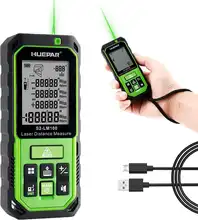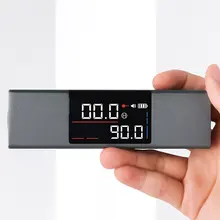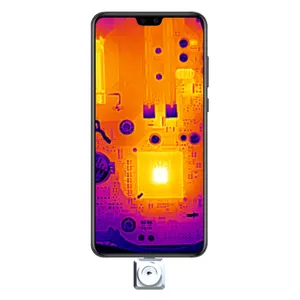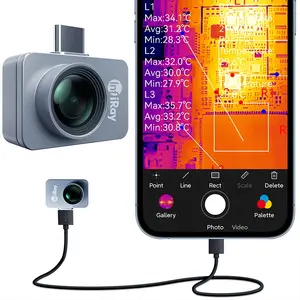Infrared Thermal Camera Overview
Infrared thermal cameras are sophisticated devices designed to detect and measure thermal energy emitted by objects. These cameras capture different levels of infrared light, which is not visible to the naked eye, and translate it into a visual image we can interpret. This technology is pivotal in various fields, from industrial maintenance to energy auditing, security, and health monitoring.
Types and Applications
There are multiple types of infrared cameras tailored to diverse applications. Handheld cameras offer portability for on-site inspections, while fixed-mount units are ideal for continuous monitoring in industrial settings. Infrared technology is also integrated into drones for aerial thermal imaging, beneficial in large-scale or hard-to-reach areas. The versatility of these cameras extends to electrical inspections, building diagnostics, and even wildlife research.
Key Features and Materials
The efficacy of an infrared thermal imager hinges on its features and construction. High-resolution sensors provide clearer images, essential for accurate analysis. Advanced models come with adjustable emissivity settings, enhancing their accuracy across different surfaces. The materials used in these cameras are chosen for durability and heat resistance, ensuring reliable performance under varying environmental conditions.
Advantages of Infrared Thermal Imaging
Utilizing an infrared thermal camera comes with numerous advantages. These cameras facilitate non-contact temperature measurements, crucial in hazardous or inaccessible areas. They also enable rapid detection of heat-related issues, preempting potential failures in systems. Moreover, thermal imaging is invaluable in energy loss assessments, contributing to more efficient energy management.
Choosing the Right Infrared Thermal Camera
Selecting the appropriate thermal imaging camera depends on specific needs such as resolution, sensitivity, and the intended application's complexity. For instance, a high-sensitivity camera would be paramount for detailed thermal variations, which is critical in fields like medical diagnostics or scientific research.
Complementary Tools and Equipment
In addition to the core technology, complementary tools enhance the functionality of thermal imaging cameras. Software for image analysis, additional lenses for different field-of-view requirements, and rugged casings for harsh environments are available to tailor the equipment to specific tasks or conditions.






























 浙公网安备 33010002000092号
浙公网安备 33010002000092号 浙B2-20120091-4
浙B2-20120091-4